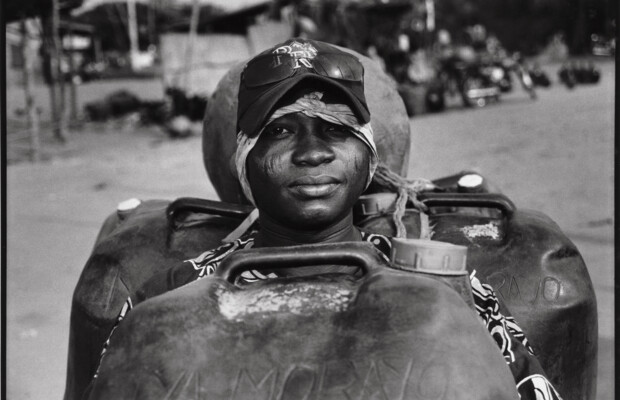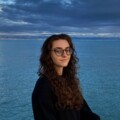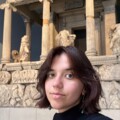Conversation with Sergio Sancho, the founding director of CAN Art Fair
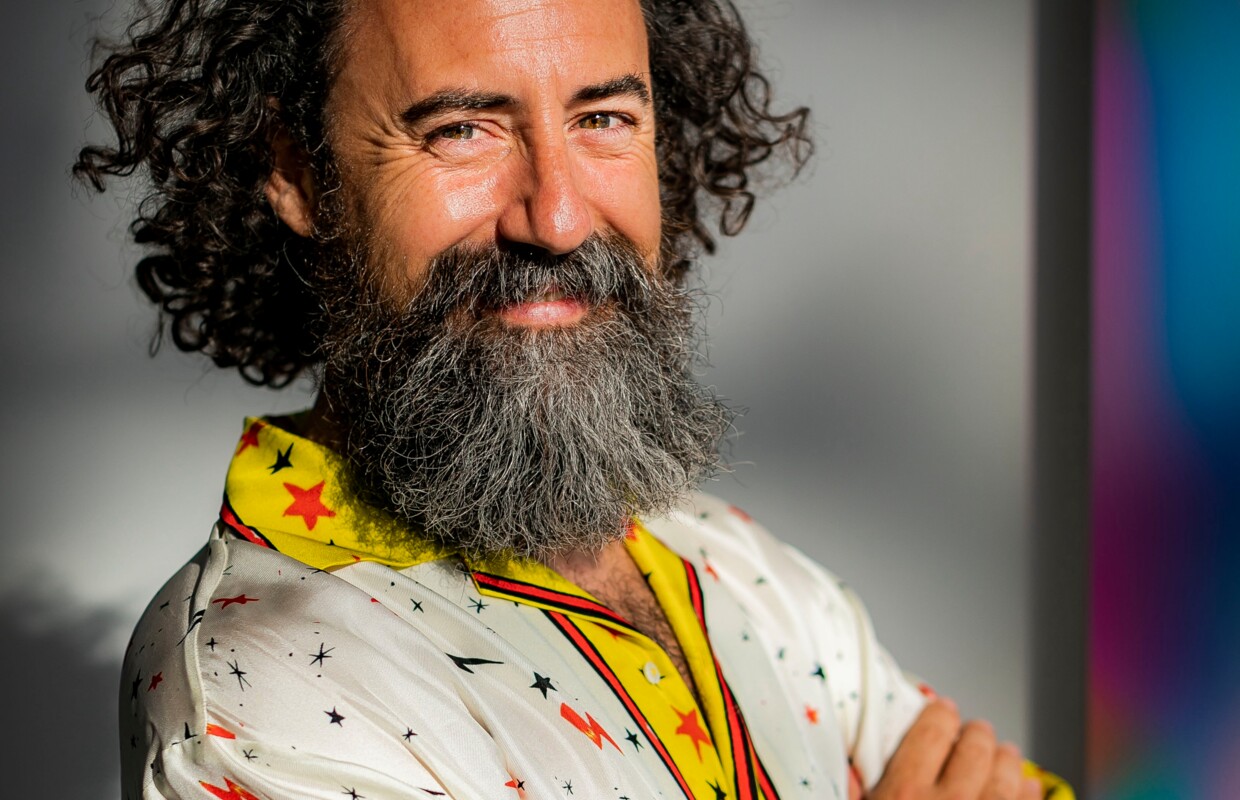
This will be the 3rd edition of the CAN (Contemporary Art Now). Please share the story of how you came to this new concept, also taking into consideration your experience with founding and managing the UVNT Fair in Madrid.
It's right that you're mentioning UVNT, as we started running this fair in Ibiza because of our experience with UVNT in Madrid. I traveled to Ibiza during the pandemic, and it was a super weird time for the island because all the nightlife, restaurants, clubs, and everything else was closed. The vibe of the island was completely different. However, there was an opening of a Spanish artist, Rafa Macarrón, who's a close friend of mine, at Nave de las Salinas. When I arrived, I saw plenty of people interested in the show – collectors and gallery directors from all over the world. I thought, "Wow, Ibiza has a really nice community interested in art." This led me to investigate the cultural scene on the island because I have often visited Ibiza since I was 18. Although I must say that these visits were mostly with a different goal – more about partying and relaxing, not business. Later, when I visited with my wife and kids, the connection with the island remained, but I still didn't consider the island for its cultural and art scene.
So, I started investigating a bit and was surprised to find that nobody had undertaken a professional, national cultural project to connect the art scene on the island. Of course, for many years, there have been nice galleries and studios of artists living there, but there was not a real connection between them.
So you'd say the art scene was quite local before?
Yes, exactly. So I started thinking about it, and a friend from Ibiza called me during the same trip. He suggested bringing the UVNT Fair to the island. It was amazing that we were both thinking along the same lines. However, I didn't want to simply copy Urvanity in Madrid. I wanted to develop a different project and create something special for Ibiza.
We started working on it, and within eight months, we launched the fair. We created the brand CAN Art, which stands for Contemporary Art Now.
The brand is deeply connected with the local scene, which is important to us. We wanted to give more visibility to local projects. Our ambition is bigger than just the fair. We aim to create an art week on the island. To achieve this, we need to work together with others, bringing in projects, galleries, shows, foundations, and collectors.
We are working to make this project bigger, not just about us and the fair.
It's also important to mention that the fair is curated, which ensures a high-quality experience. Additionally to the gallery programme, we are creating a parallel OFF-program with local Balearic artists, showcasing their work in different parts of the island. The OFF-programme has already been launched now. Of course, we also have a VIP program that includes museum visits, private gallery tours and other events.
I'm most proud of the growth that we see already - in just two years there are more local projects appearing than when we started. It's wonderful to see this development.
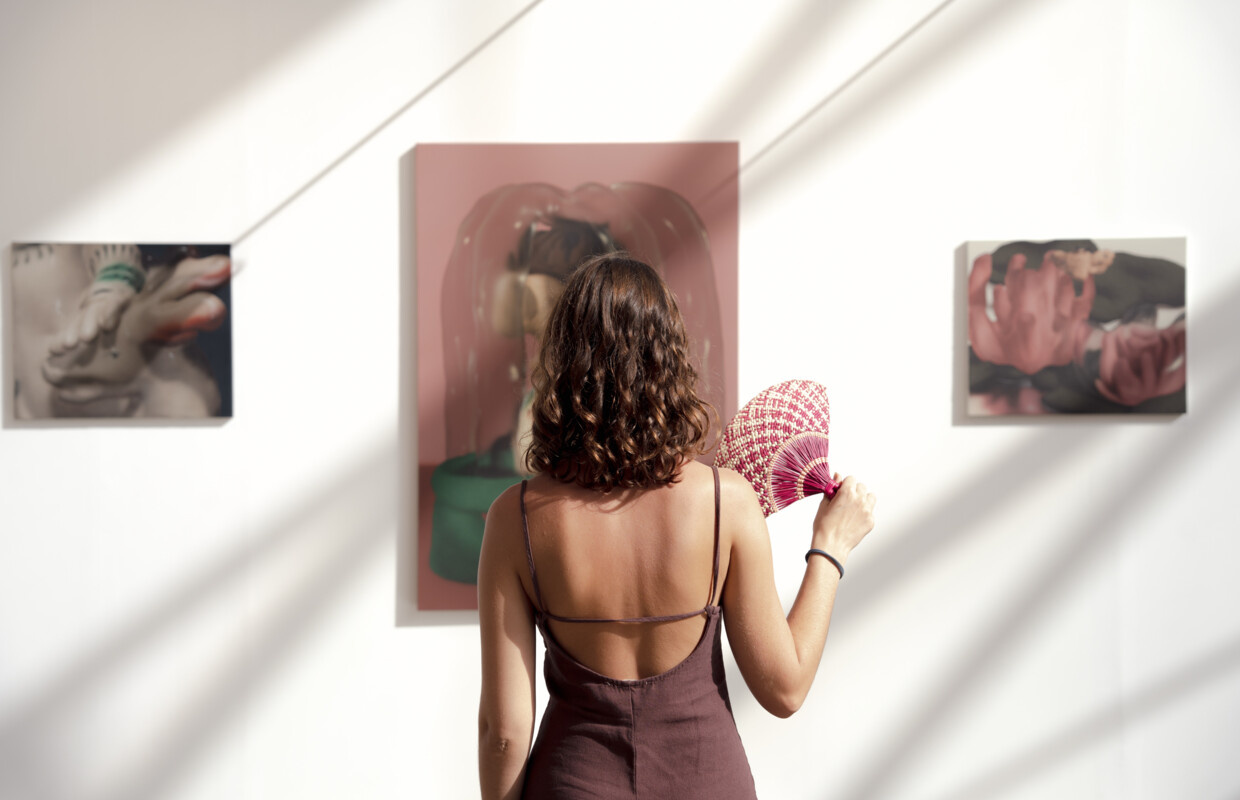
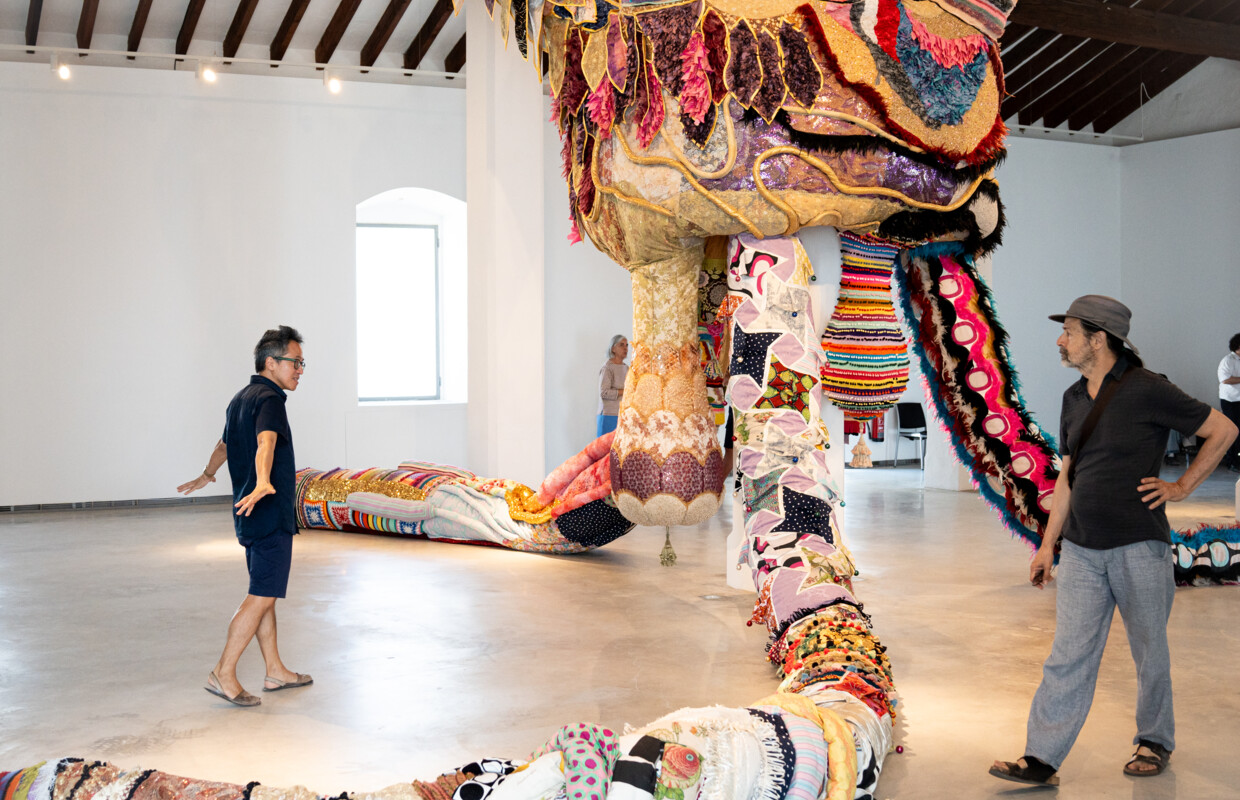
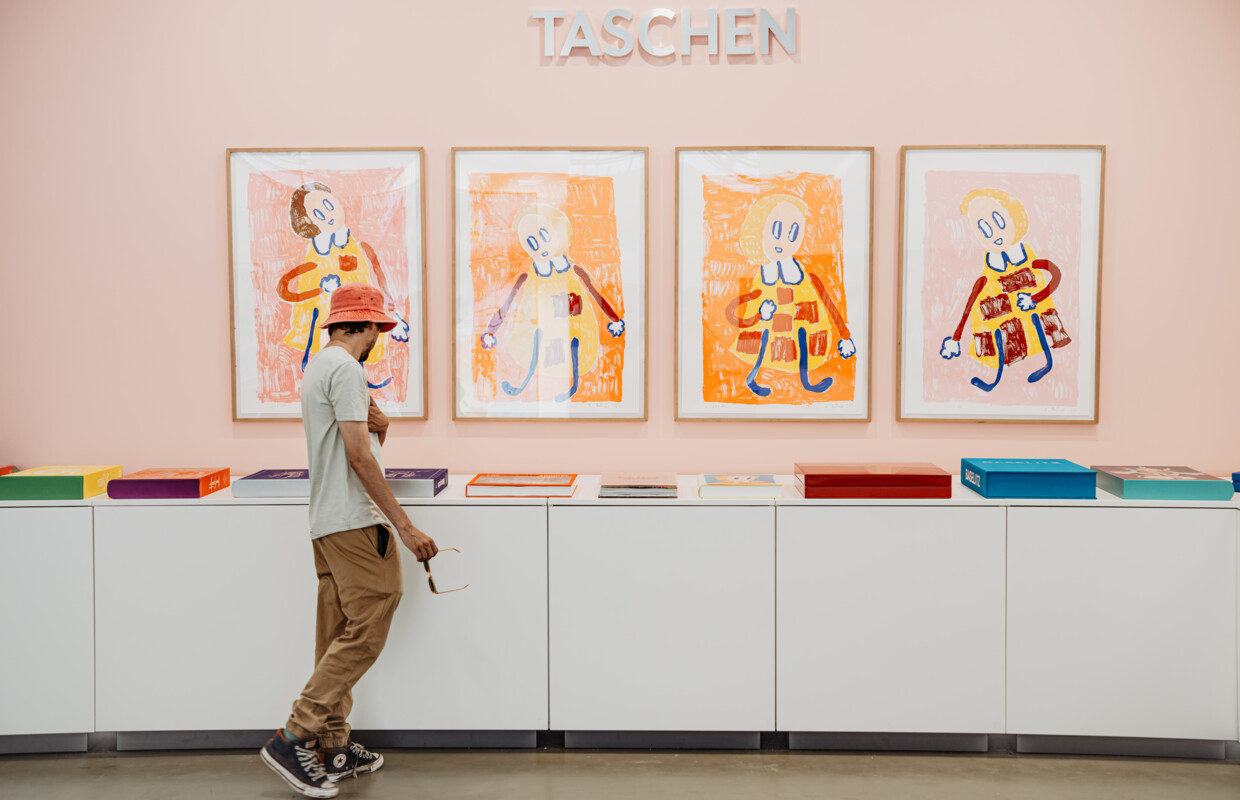
So the local communities have been welcoming and ready to engage with you?
Yes, and I think it's because when we arrived, we started working with them right away. This has been one of the best and most satisfying aspects of the project. If you stay for five days, you truly experience the cultural program of the island. You can visit studios, attend different shows, and explore various galleries.
We even have a special part of the program where we rent a small boat for 25 people to connect Formentera, the smallest of the Balearic islands, to Ibiza. People can take the boat, visit the studios on the island, enjoy some wine, return on the boat, and have paella on board. It's a nice plan, no?
We plan these activities as it's important for us to foster networking. Also our opening hours are slightly different than other fairs, we are open from 6 to 10 pm, allowing galleries to network with visitors, go to the beach, or have lunch with collectors during the first part of the day. Some gallery owners bring their families, so they get to enjoy family time as well.
The fair isn't too big, with just 34 or 35 galleries, so it's not super busy. This allows people to talk, make connections with other galleries and curators, and enjoy their time. Artists are also happy to come because Ibiza is fun and enjoyable. The fair has a different soul than what I've experienced in other fairs.
With all of the local connection in mind, the fair is still international, right?
Yes, that's correct. Approximately 20% of the participants are Spanish, while the remaining 80% are international.
How do the local and international participants work together? How do you manage to keep the balance and intertwine them, especially considering the number of local projects created for the fair?
The thing is, Ibiza is very international on its own, so it makes sense to have a diverse group. There are many Italians, English, and other nationalities, so these connections are natural.
We are increasing the number of local artists in the OFF-programs because international galleries often don't work with them simply because they aren't familiar with the local talent. This way, if the galleries don't bring local artists, we can still showcase them through the OFF-programs, helping everyone connect.
It's also important for us to build more relationships with Balearic galleries. This year, in total we will have around 34 galleries, and around seven Spanish galleries, with approximately five of them being Balearic. Connecting with the local community is crucial, and our programming approach allows us to achieve that.
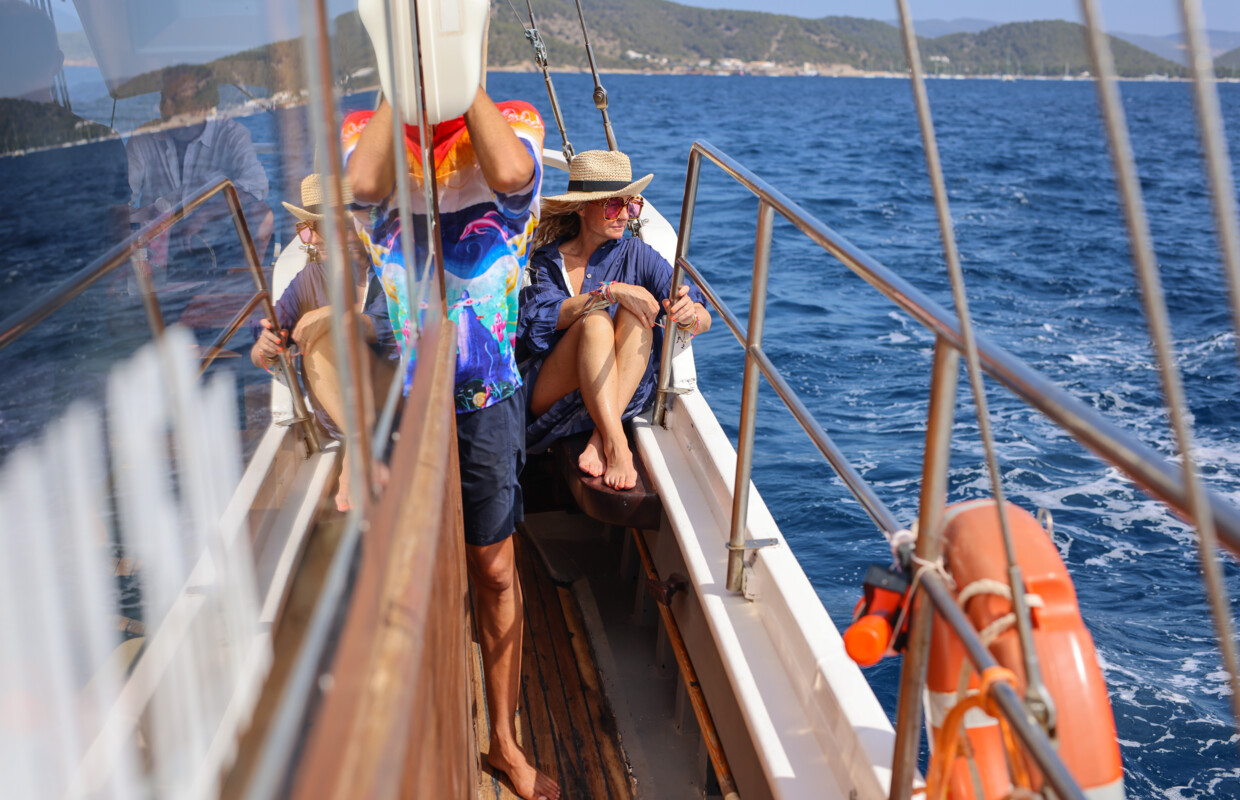


From what I know CAN has emerged as a cooperation with the local administrations as well. What has been the goal of this collaboration?
Yes, we're supported by the Council and the Ministry of Tourism. They understood from the beginning that bringing more cultural activities to the island has great potential. People who come to Ibiza are definitely interested in art. While the island is already well-known for music tourism and even gastronomy, it has lacked cultural products. Additionally, more and more people are making Ibiza their base with their families, and new international schools are opening. This year-round population which is growing needs cultural experiences—galleries, exhibitions, and more. So when we discussed our project with the council, they were very supportive and recognized the need to enhance the island's cultural programme.
And I must say that they are quite pleased! In just two or three years, multiple new galleries have already opened on the island.
Turning back to UVNT for a moment. The fair in Madrid is an already internationally recognized fair. Now with CAN, what are the thematic differences between the two fairs?
In terms of galleries and artists, we can say that the Madrid fair focuses more on emerging and mid-career artists. CAN Art Fair, on the other hand, features more mid-career and established galleries and artists. This is probably the main difference between the two.
Does this year's edition of CAN have a specific curatorial focus?
Saša Bogojev, who continues to lead the curatorial team, has made some changes this year. In the first two years, we focused heavily on the new figurative style, however this year we've expanded to include also more abstract pieces, ceramics, and even some conceptual artworks from various artists.
This way we have opened up also the gallery selection, which is a significant difference from previous years. It's normal for a new fair to have a more uniform direction initially, but this year, we are happy to be blending more diverse galleries and styles. I believe this will make the fair even richer and more interesting for the collectors.

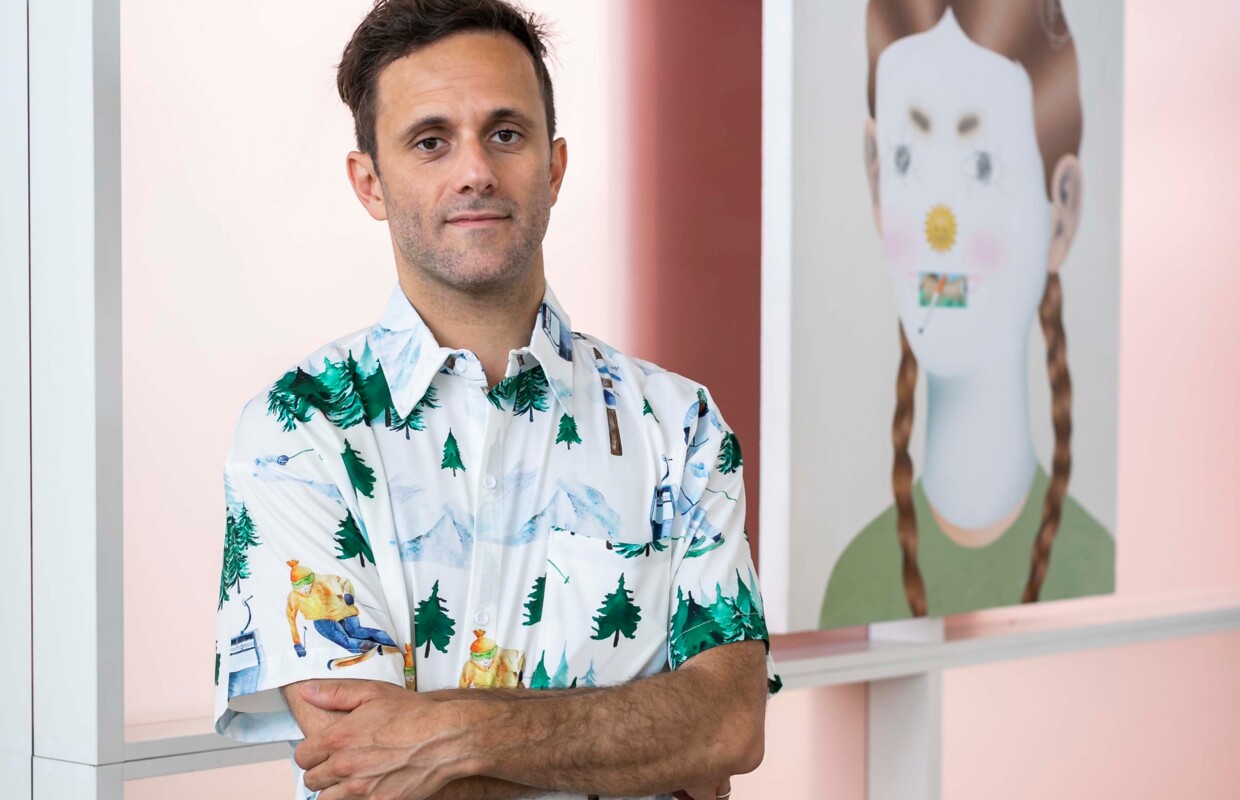
Is there anything from this edition you would like to personally highlight? Something you're particularly looking forward to?
This year, I'm particularly excited because we've introduced about 70% new galleries. This is something I'm very happy about, as it reflects our commitment to always search for new things, new proposals, and new artists. Refreshing our selection every year is crucial for us.
Additionally, we've created an off-program with the Balearic community. We've set up six different shows across the island, which is wonderful. These shows will be on for two weeks, not just during the fair, extending the cultural experience longer.
Overall, this continuous introduction of new galleries and artists is something that makes the fair exciting every year. I would say it's also one of the main reasons people should not miss it.
And lastly, how do you envision the future for the fair and the art scene of Ibiza? What would be your wish?
For the future, we need to continue working hard to consolidate the fair since it's only three years old. Gradually, we aim to contribute to the island by fostering the growth of more artists, galleries, studios, and potential collectors. We have the opportunity to create a significant project on the island because Ibiza is incredible, and the people who visit are very open-minded toward arts and creativity.
The island has amazing venues and buildings to showcase art, which can lead to fantastic connections. Contributing to the island's growth and helping artists become more prominent is one of our main objectives. Just being part of this journey is incredible for me.
Share the post:




